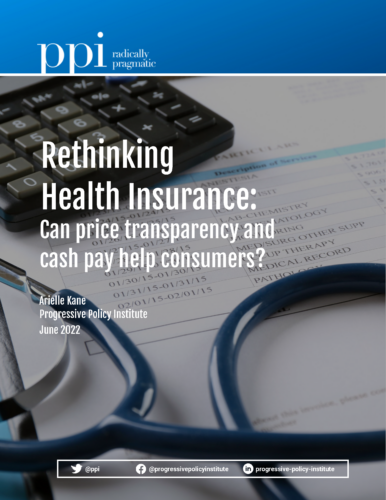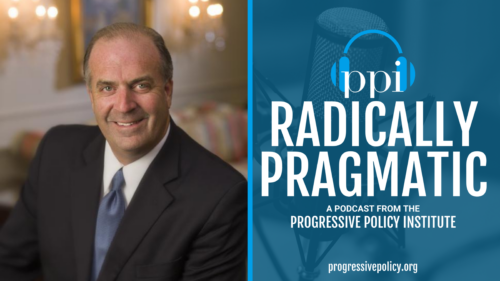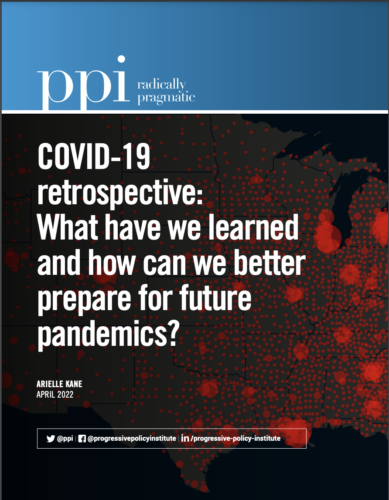The Progressive Policy Institute (PPI) released a new paper today arguing United States policymakers should consider more aggressive ways to obtain health care pricing information from hospitals, which could effectively boost price transparency for patients. The paper is titled, “Rethinking health insurance: Can price transparency and cash pay help consumers?” and is authored by Arielle Kane, Director of Health Care for the Progressive Policy Institute.
“For price transparency rules to work, they need to be enforced,” writes report author Arielle Kane. “When people have a serious accident or medical emergency, they aren’t inclined to comparison price shop. But most medical visits are for less than urgent care. When people do have time and inclination to compare prices, they should be able to do so. And allowing researchers and journalists to review pricing data can help expose the predatory billing practices that some providers engage in. Public scrutiny could help the industry move toward ethical, and transparent, billing practices.”
Only 14% of hospitals are in compliance with a 2021 rule from U.S. Center for Medicare and Medicaid Services (CMS) requiring hospitals post the prices for 300 so-called “shoppable” services, online. This rule, which was intended to encourage competition between hospitals and provide price transparency for consumers, has limited enforcement mechanisms. As the next chapter of this rule goes into effect this week, requiring insurers to disclose the rates they pay hospitals, there is the potential to improve the shopping experience for consumers – but only if it is enforced.
Kane’s report reviews the history and status of the price transparency regulation and finds that greater enforcement is needed to achieve the full potential of price transparency. After reviewing cash-pay data from 14 of the 300 “shoppable” billing codes, PPI finds that on average, hospitals charge 120% of the commercial insurance rates to patients paying with cash. However, there is evidence to suggest that hospitals are inflating their publicly reported “cash-pay” rates.
Read and download the full report here:
The Progressive Policy Institute (PPI) is a catalyst for policy innovation and political reform based in Washington, D.C. Its mission is to create radically pragmatic ideas for moving America beyond ideological and partisan deadlock. Learn more about PPI by visiting progressivepolicy.org.
Follow PPI on Twitter: @ppi
Find an expert at PPI.
###
Media Contact: Tommy Kaelin; tkaelin@ppionline.org






